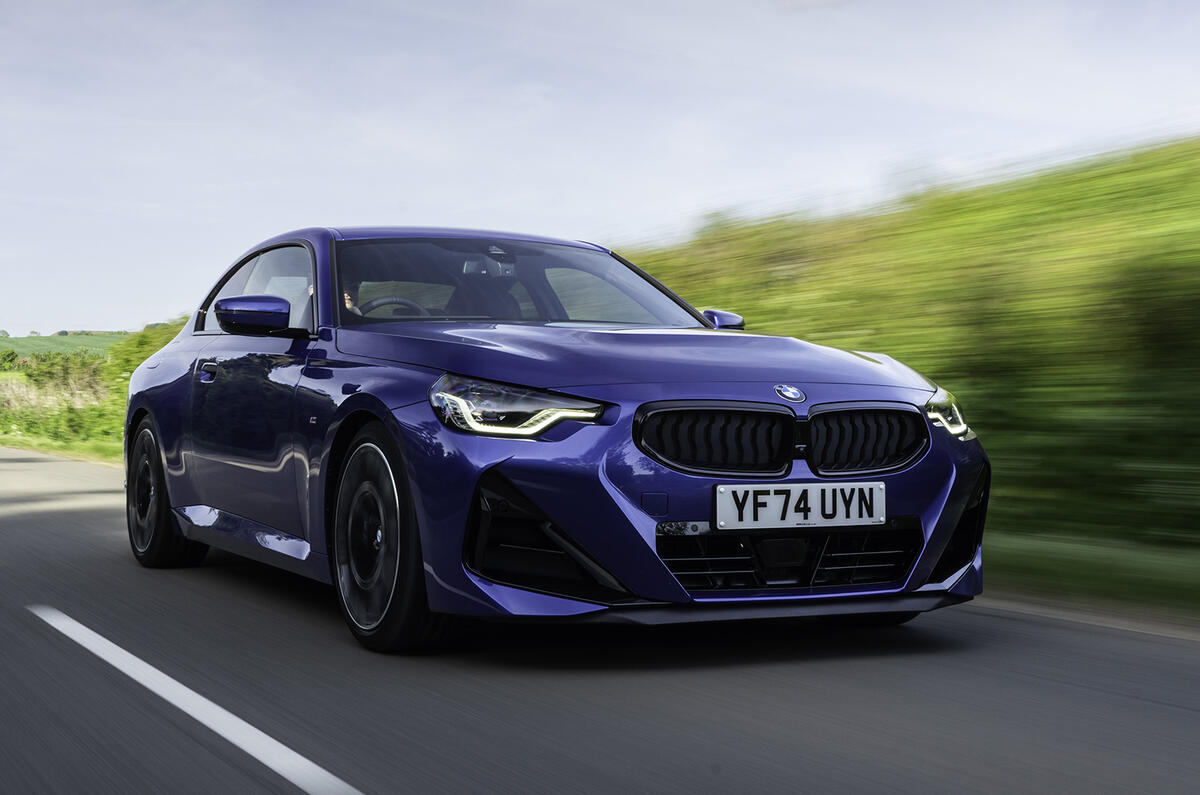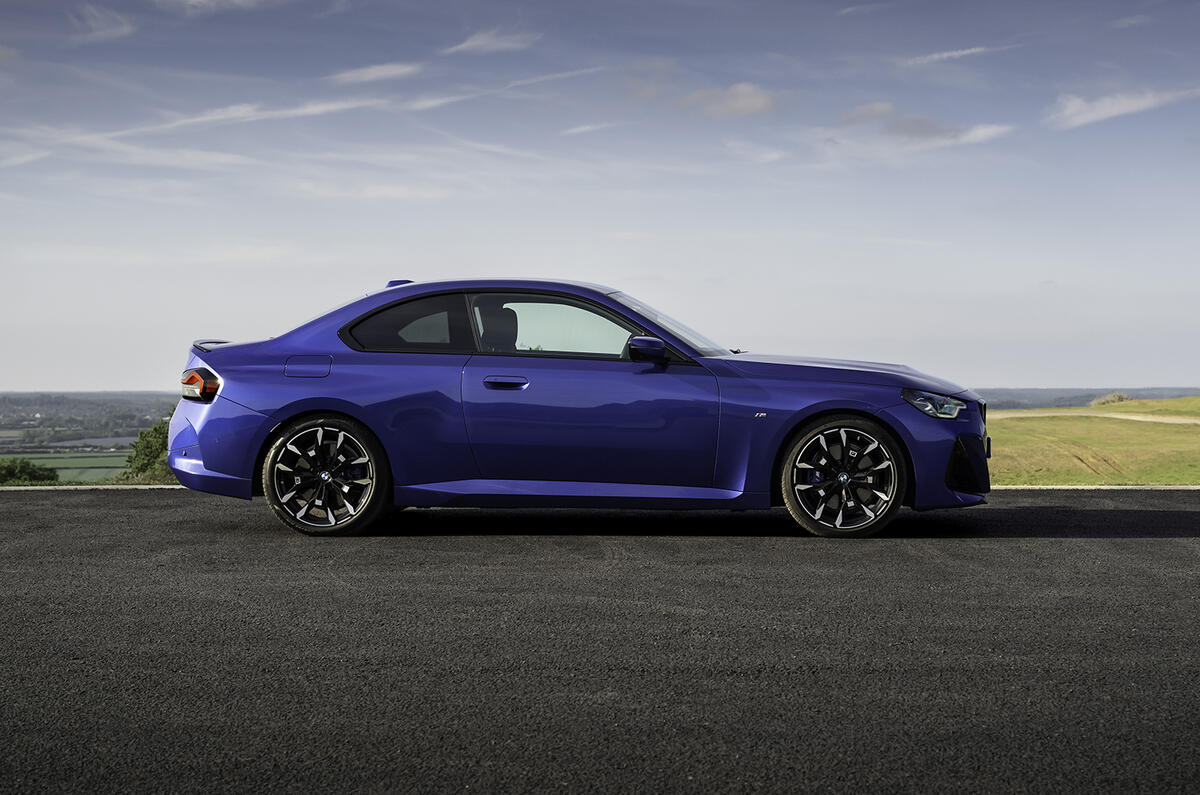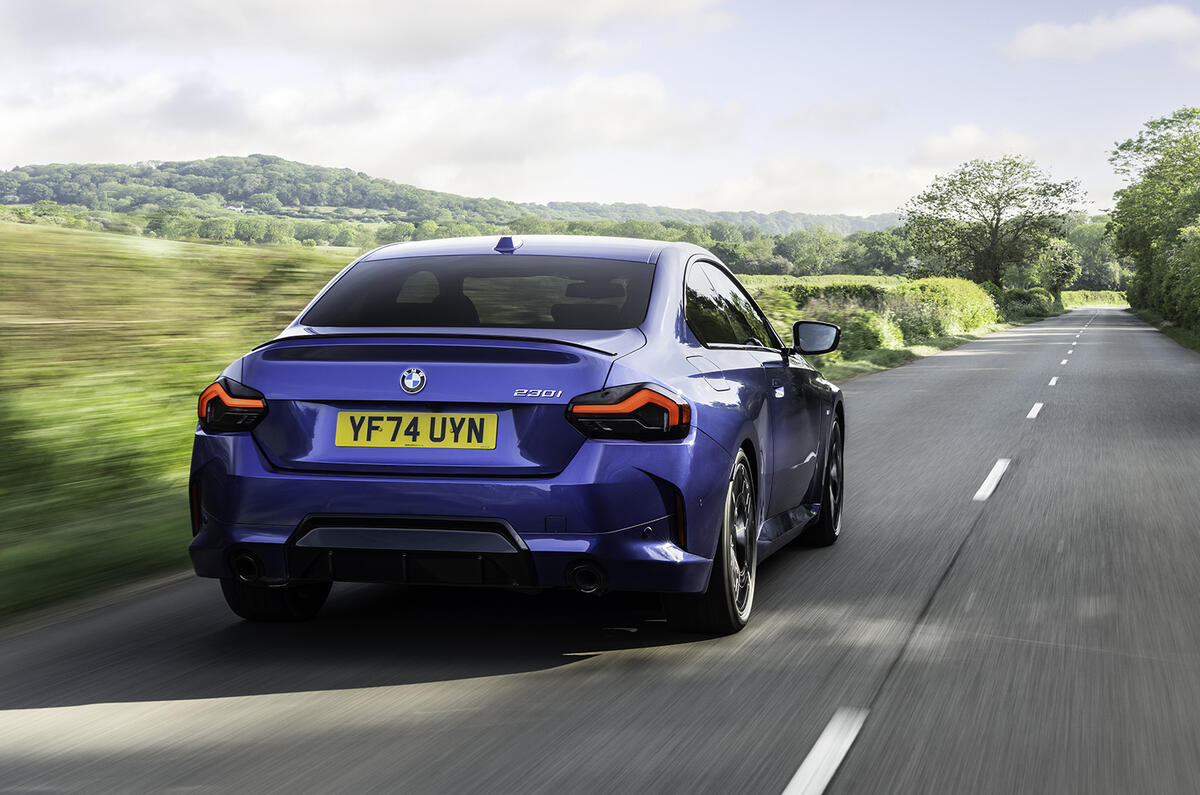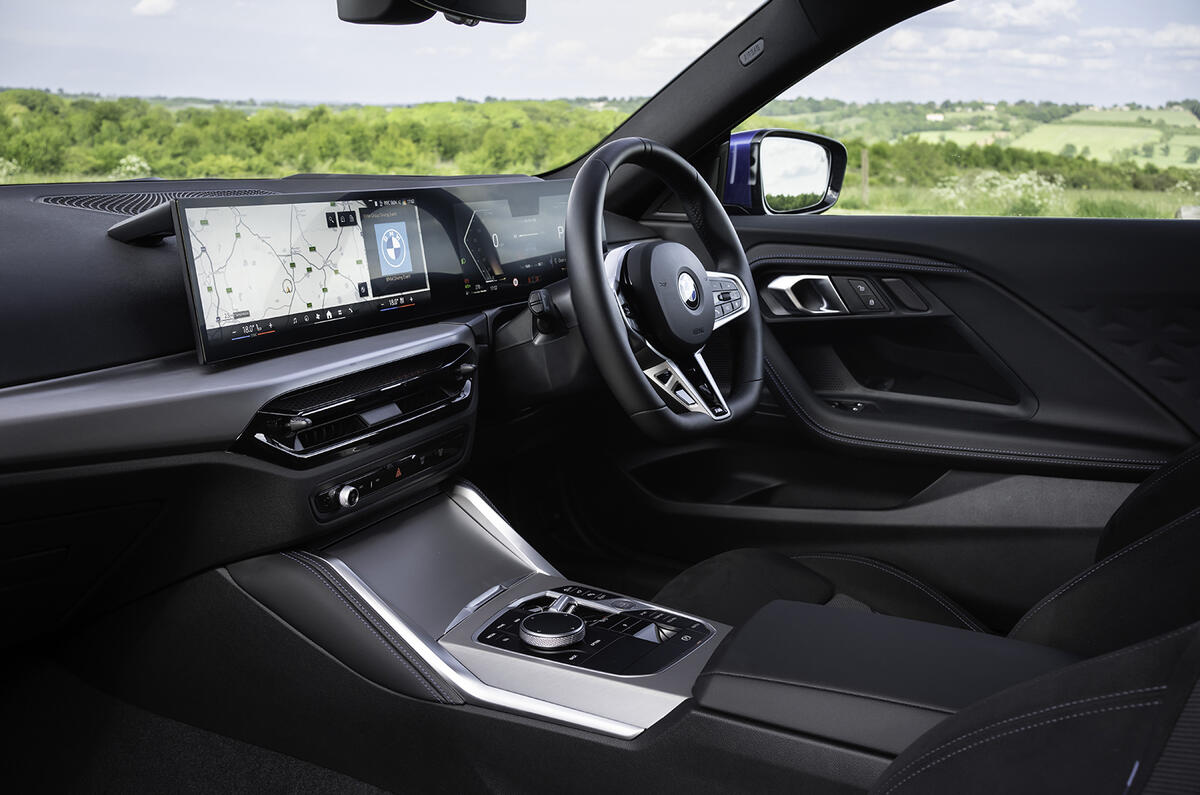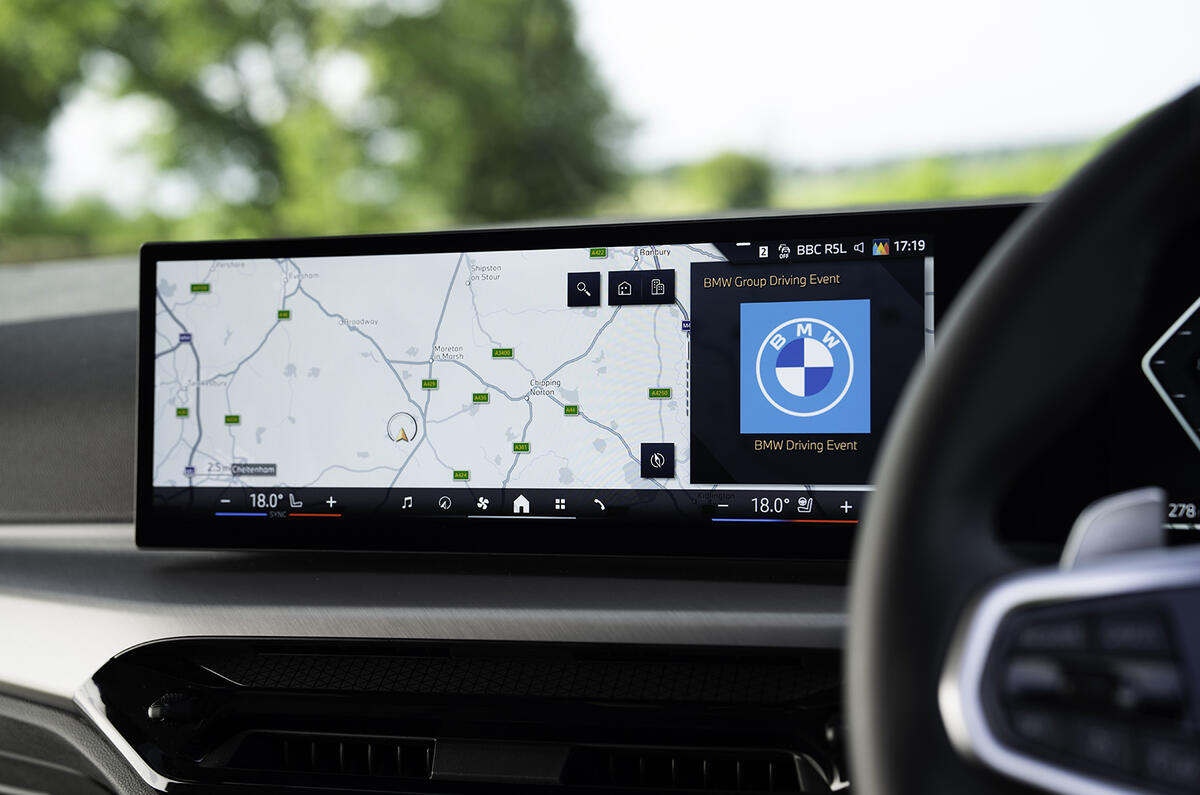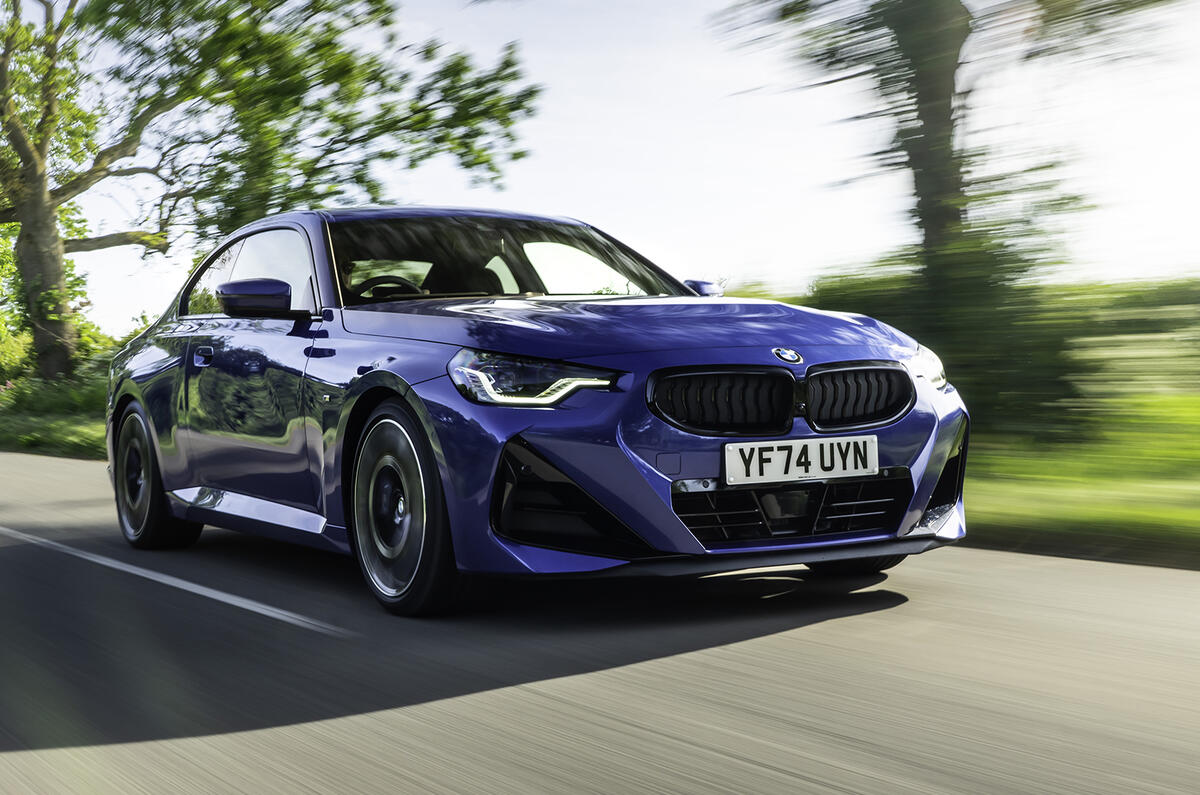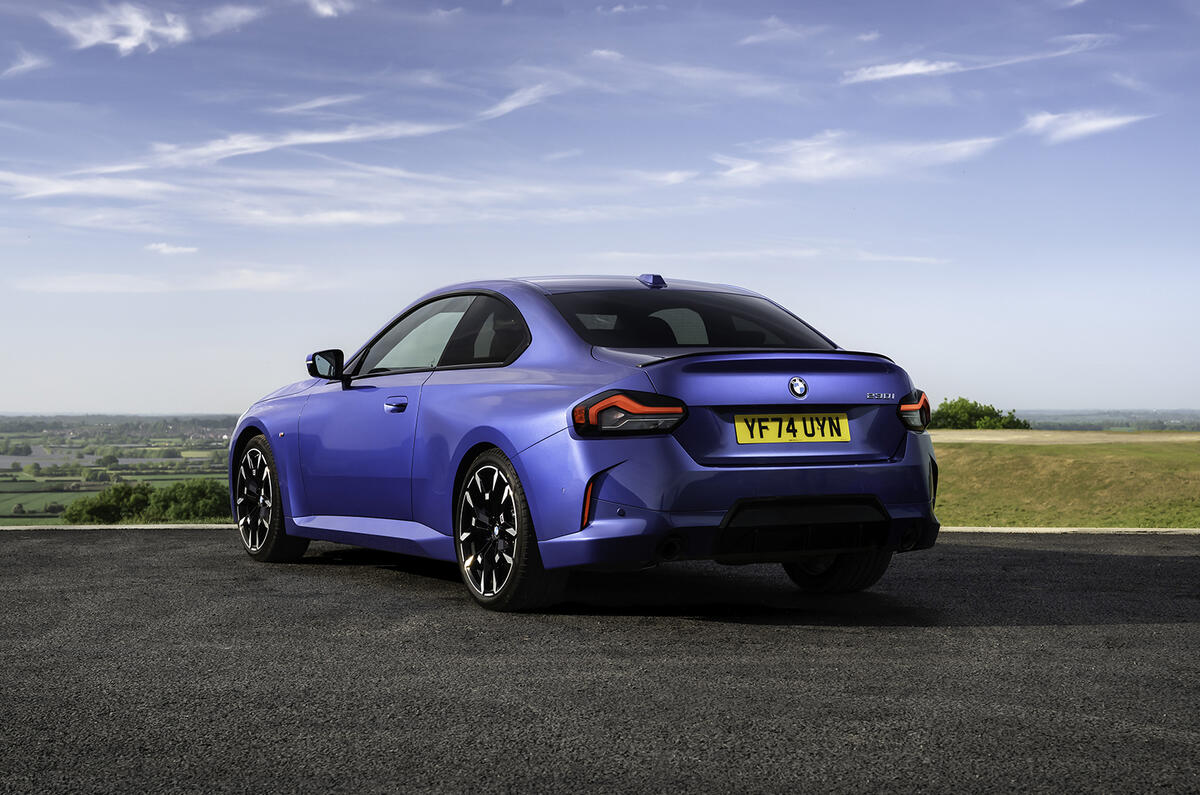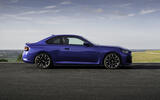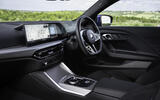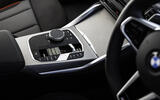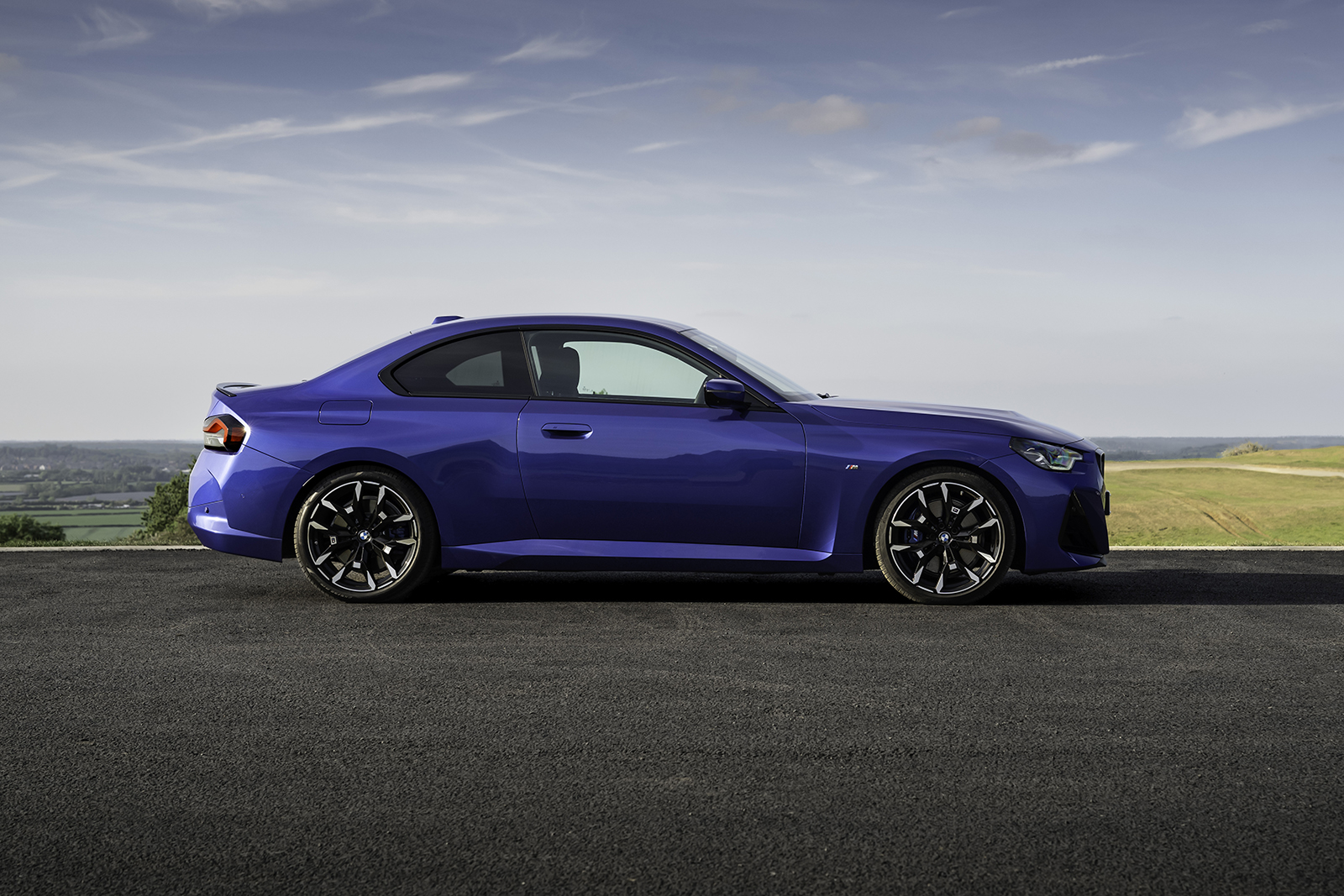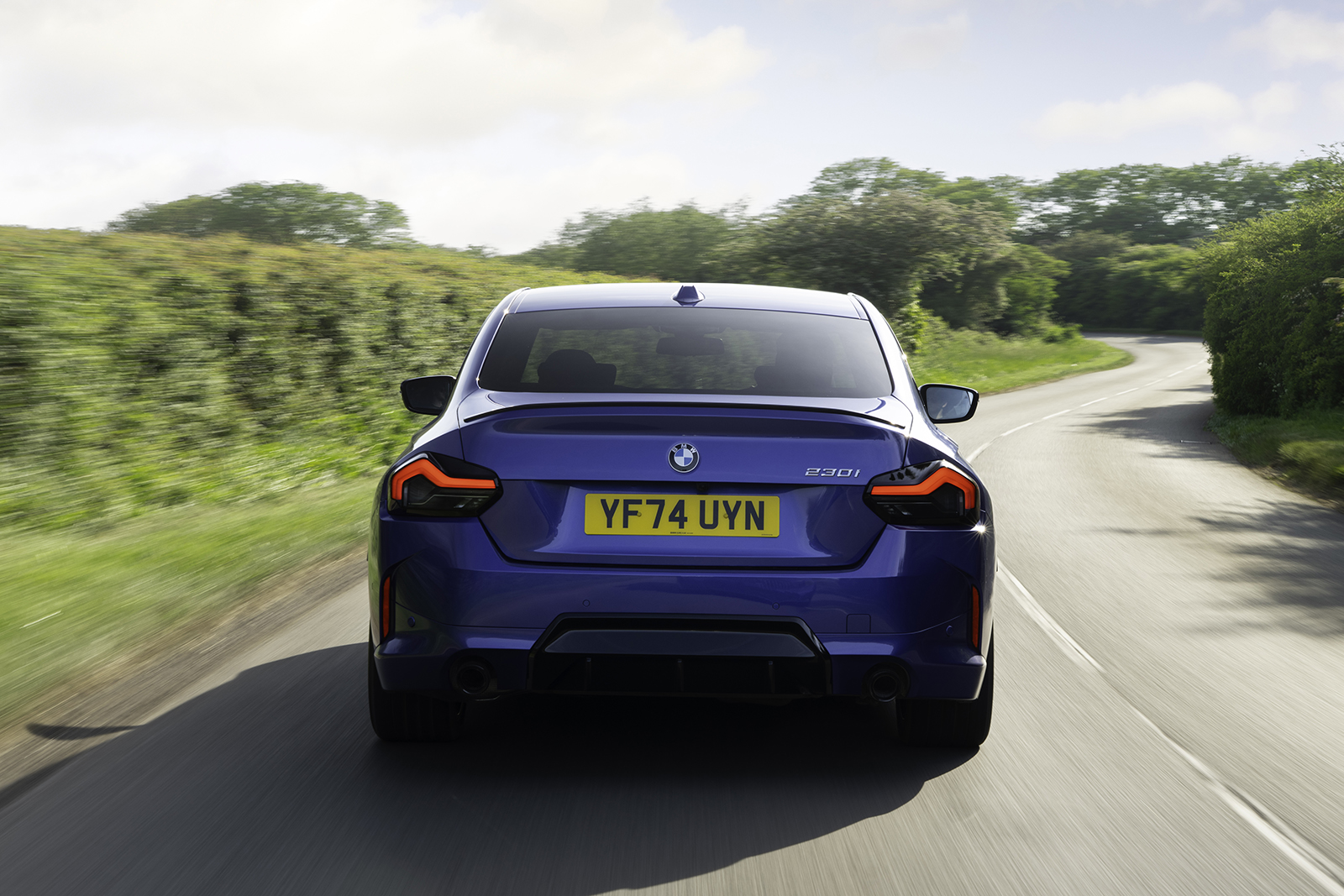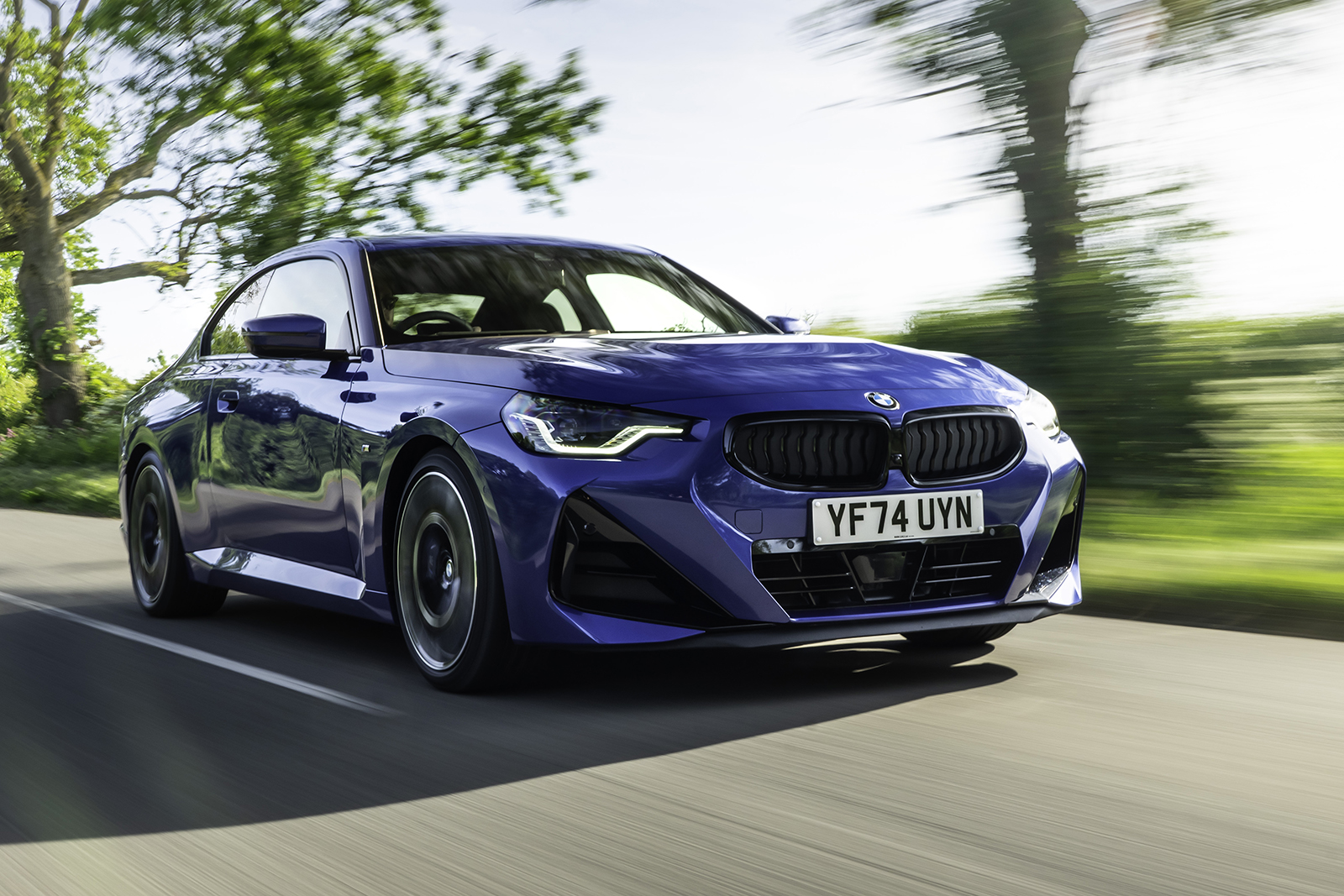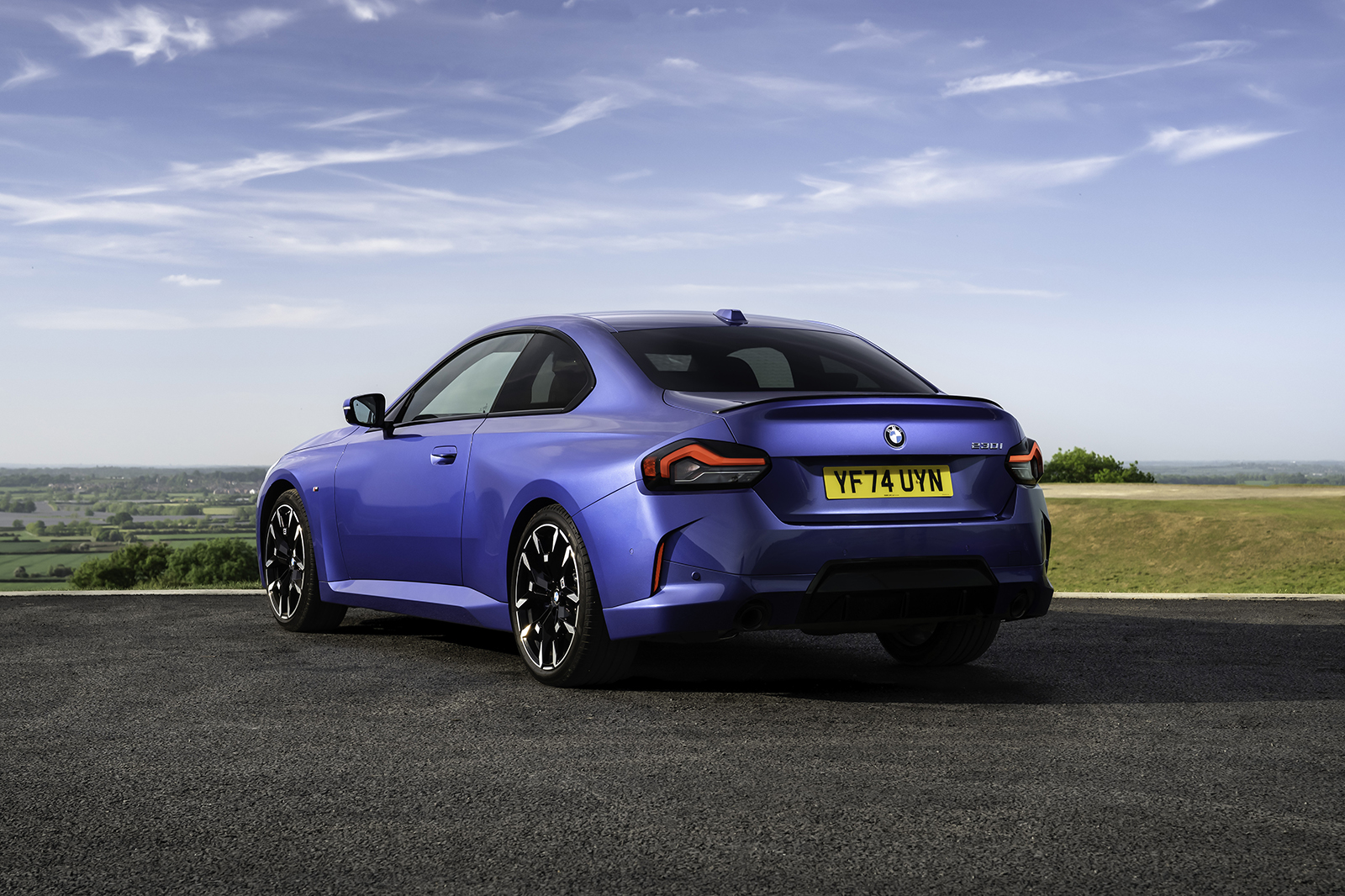It doesn’t get much more ‘traditional BMW’ than the BMW 2 Series Coupé.
It has the typical BMW hallmarks – a long bonnet, rear-wheel drive, subtle kidney grilles, the Hofmeister kink – there are no hybrids and you can even get it with a straight-six petrol engine.
Is this design one that the old guard sneaked through while the new kids weren’t looking? Not at all. It’s a deliberate strategy to retain the more traditional buyer as well as appeal to younger customers.
When manufacturers claim that their car is a pioneer or unique, it's usually fairly hyperbolic, but in this case it’s probably true. A relatively compact 2+2 coupé has become a rarity, especially with rear-wheel drive. The Mercedes CLE is larger, the Ford Mustang heavier and more expensive, and lower-spec Porsche 911s are a completely different beast.
BMW 2 Series Coupé range at a glance
The 2 Series shares its mechanicals with the larger 4 Series. It comes with three engine variations. The 220i (181bhp) and 230i (241bhp) are both four-cylinder units and rear-wheel drive, while the 240i is a 379bhp straight six with four-wheel drive.
BMW makes you spring for a full-fat BMW M2 if you want a rear-wheel-drive, six-cylinder 2 Series.
New BMW 2 Series cars in stock




